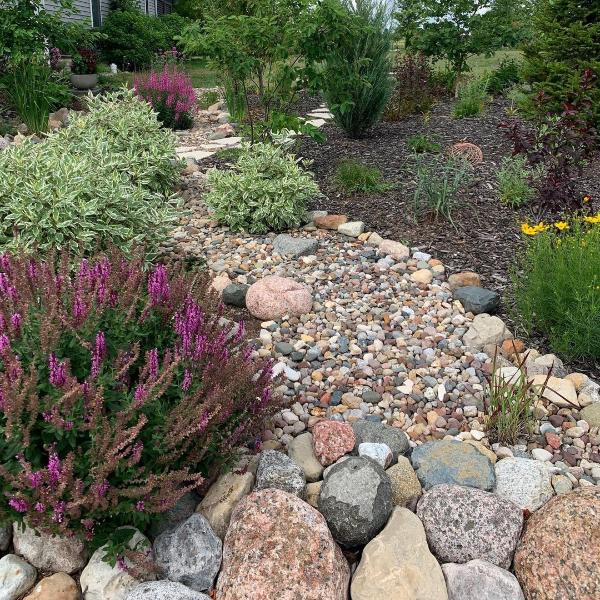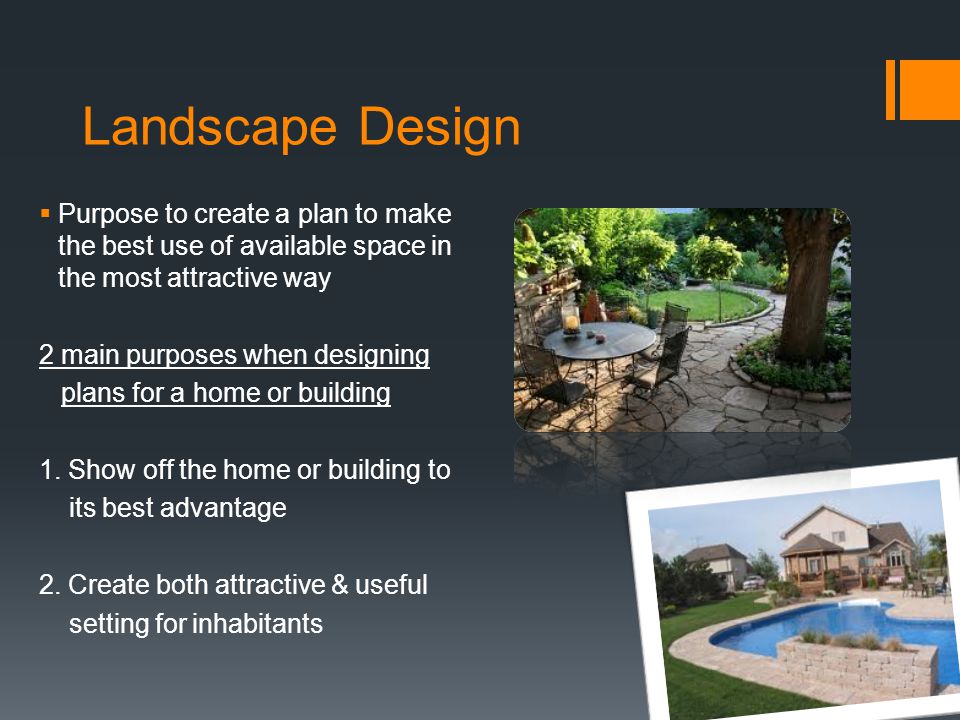A Biased View of Hilton Head Landscapes
A Biased View of Hilton Head Landscapes
Blog Article
The Greatest Guide To Hilton Head Landscapes
Table of ContentsUnknown Facts About Hilton Head LandscapesThe Of Hilton Head LandscapesIndicators on Hilton Head Landscapes You Should KnowThe smart Trick of Hilton Head Landscapes That Nobody is DiscussingHilton Head Landscapes for DummiesAbout Hilton Head LandscapesThe Ultimate Guide To Hilton Head LandscapesAbout Hilton Head Landscapes
Type compatibility is additionally a major part of unity in designone or two noticeably different forms benefit contrast and emphasis, however generally all various other kinds ought to have some resemblances for a linked look. Appearance refers to how coarse or great the surface area of the plant or hardscape material feels and/or looks.
Examples of plants with rugged texture consist of philodendrons, agaves, bromeliads, hollies, hands, and hydrangeas. Features that create fine structure consist of little vegetation; thin, strappy leaves (turfs) or high, slim stems; little, dense twigs and small branches; long stems (vines); and little, delicate blossoms.
Hilton Head Landscapes Fundamentals Explained
A lot of plants are medium appearance, in that they can not be called having either crude or great structure. They are defined by medium-sized fallen leaves with easy shapes and smooth sides. The average-sized branches are not largely spaced nor widely spaced, and the overall kind is generally rounded or mounding. Medium-textured plants act as a history to web link and merge the coarse- and fine-textured plants.

To make an area really feel smaller sized, put the crude textures along the external boundary and the fine textures closest to the visitor. The detail of the coarse texture makes the plants appear closer and makes the area feel smaller. The perceived structure of plants can additionally change with the range from the plant.
The 3-Minute Rule for Hilton Head Landscapes
Bold shades boost the comparison and make the structure show up coarser, while soft colors can squash texture. Hardscape with a coarse texturesuch as extremely harsh rocks and bold, huge timberstends to make all plant product appear more moderate textured. Designers often create an appearance research study (Number 8) theoretically to assist choose the setup of plant products.
Color in plant material and hardscape includes passion and selection to the landscape. Shade is the most noticeable component in the landscape and is normally the focus of many home owners; nonetheless, it is likewise the most short-lived component, usually lasting just a few weeks a year for individual plants.
Things about Hilton Head Landscapes
A straightforward description of the color wheel includes the three key shades of red, blue, and yellow; the 3 additional colors (a mix of 2 primaries) of eco-friendly, orange, and violet; and six tertiary colors (a mix of one surrounding main and additional color), such as red-orange. Shade theory explains the relationship of colors to every various other and how they ought to be used in a structure.

Comparable (often called unified) color schemes are any type of three to 5 colors that are nearby on the color wheel, such as red, red-orange, orange, yellow-orange, and yellow, or blue, blue-violet, and violet (bluffton landscaping). The shades relate to each various other because they usually include two primaries blended to develop a second and 2 tertiary shades, which suggests they share typical residential or commercial properties
Complementary shades are typically found normally in flowers; an usual pair is yellow and violet. Color is found in the flowers, foliage, bark, and fruit of plants.
The smart Trick of Hilton Head Landscapes That Nobody is Discussing
Green foliage in all its various tones is the leading shade by amount, yet various other shades record interest quicker as a result of their high comparison to the shade green. Shade is also located in structures, rocks, pavers, wood, and furniture. Many shades in all-natural materials, such as stone and wood, are typically soft and often tend to be variations of brownish, tan, and light yellow.
Colors have homes that can affect feelings, spatial assumption, light top quality, balance, and focus. Trendy colors often tend to be soothing and need to be used in areas for relaxation and calmness.
The Buzz on Hilton Head Landscapes
Awesome colors often tend to decline and are viewed as being further away, making a space really feel bigger. Shade can likewise be utilized to capture attention and direct sights.
As an example, brilliant yellow, which has the highest intensity, also has a high comparison with all various other shades (typically referred to as a "pop" of color) and need to be conserved. A little quantity of intense shade has as much visual weight as a huge amount of a more suppressed or weak shade.
Similar (in some cases called unified) color pattern are any 3 to 5 colors that are surrounding on the shade wheel, such as red, red-orange, orange, yellow-orange, and yellow, or blue, blue-violet, and violet. The shades belong to each other due to the fact that they usually include two primaries blended to form an additional and two tertiary colors, you can look here which means they share typical properties.
The smart Trick of Hilton Head Landscapes That Nobody is Discussing
They have a tendency to have high contrast in between them. One of the most common collections are violet and yellow, red and eco-friendly, and blue and orange. Complementary shades are usually located naturally in flowers; a common pair is yellow and violet. Color is found in the blossoms, foliage, bark, and fruit of plants.
Eco-friendly foliage in all its numerous shades is the dominant shade by quantity, however various other colors record attention more conveniently because of their high comparison to the shade green - landscape design hilton head - https://www.edocr.com/v/n3mz8xkl/stevenagonzales/hilton-head-landscapes. Shade is also discovered in structures, rocks, pavers, timber, and furnishings. A lot of colors in natural products, such as stone and wood, are typically muted and tend to be variations of brownish, tan, and pale yellow
7 Simple Techniques For Hilton Head Landscapes
Shade is a vital aspect for producing passion and variety in the landscape. Shades have buildings that can affect feelings, spatial assumption, light high quality, balance, and focus. One building of color is described loved one to temperaturecolors seem great or cozy and can impact emotions or sensations. Trendy colors tend to be soothing and should be used in areas for relaxation and serenity.
The "temperature level" of shades can likewise affect the understanding of distance. Trendy colors have a tendency to recede and are regarded as being further away, making an area really feel bigger. Warm colors often tend to development and are viewed as being more detailed, making a space really feel smaller sized. Color can likewise be utilized to record attention and direct views.
Bright yellow, which has the highest possible intensity, also has a high comparison with all various other shades (often defined as a "pop" of color) and need to be utilized sparingly. A little quantity of intense color has as much aesthetic weight as a large amount of an extra restrained or weak color.
Report this page